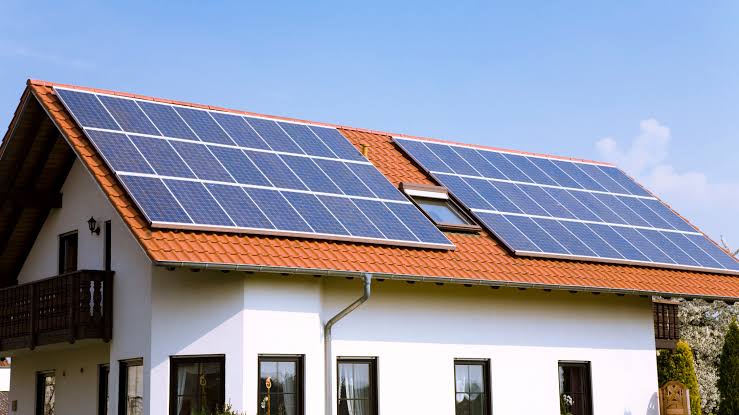It seems to be the best investment option in the medium and long term to reduce expenses with the increasingly expensive electricity at home. See below, how residential solar energy works, what are the advantages and objectives and the equipment that is part of the structure of electricity generation through sunlight.
What is the purpose of using solar energy at home?
There are two main points: the family economy and environmental issues. The reasons are not just that, but basically, solar energy and radiant light, along with the sun’s heat can be harnessed using a variety of constantly evolving technologies such as solar heating, photovoltaics and solar thermal energy.
Our main focus will be the generation of photovoltaic energy, which produces electricity for the home.
What does the photovoltaic system consist of
When we talk about photovoltaic solar energy, we are referring to the direct conversion of solar radiation into electrical energy through specific equipment, called photovoltaic modules, panels or solar panels. Warma UK has a network of certified solar panel installers to install your solar panels and they also supply the highest quality solar panel systems!
Residential solar energy only happens from the phenomenon called the photovoltaic effect, which is nothing more than the appearance of an electrical voltage in a semiconductor material. The Material is present in the composition of the photovoltaic modules.
System components
- Solar panels or photovoltaic panels: responsible for capturing solar energy and transforming it into the direct electrical current;
- Direct current switch: exists for safety reasons and can be used to turn off the flow of electricity if necessary;
- Solar inverter: direct current enters the inverter to be transformed into alternating current (the type of electricity used in homes);
- Charging batteries (optional): most used in off-grid systems, where there is no connection with the electricity company, the battery serves to store energy that has not been used up, and can be used on cloudy or rainy days;
- Electric meter: alternating current flows through an electricity meter. The device measures the production of solar electricity, consumption, the quantity purchased from the grid and the quantity that will be sold to the grid (in on-grid systems);
- Fuse box: the first item you have in every house, through which energy passes to finally be distributed throughout the home;
- Residential electrical structure;
- Utility Connection: it leaves the electric meter directly for a connection with the large electric network, in two ways, it serves to transfer excess electricity and pull load on sunny days.

This is a very informative article and solar is going to be very important source of energy if the price is reduced!
Australia has long been dealing with the serious problem of rising energy prices. The government is attempting to make up for this wound with a number of programmes that encourage the general public to switch to renewable energy sources. But there are always new ways to increase our savings, one of which is by purchasing solar batteries. They assist you in storing energy from the grid or from your own renewable sources so that you can simultaneously enjoy greater savings at a lower price point and lower your carbon footprint.